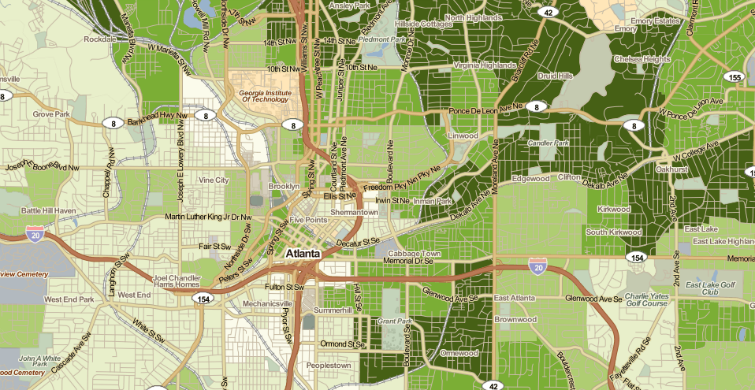Low-Mod Dataset Update!

Data
Median Household Income %
Source
Find on PolicyMap
- Incomes & Spending
- Additional Income & Spending Data
- Low Mod
- Median Household Income %
- Median Family Income %
It’s the annual Low-Mod Blog Post! Not quite as fantastic a name as perhaps, Bob Loblaw’s Law Blog, but arguably much more exciting. Recently, we released the American Community Survey’s 5-year estimates for 2009-2013 on PolicyMap. With this new release, we’ve updated the low to moderate income “Low-Mod” dataset to include 2013 values, as well.

Bob Loblaw’s Law Blog is in awe of the Low-Mod blog.
(source: GIPHY, credit to Arrested Development)
The Low-Mod dataset reflects the local median income as a share of area median income. For all tracts and block groups located within Census-defined metropolitan areas, this calculation is the local median income as a share of metro-area median income. For tracts and block groups outside of Census-defined metro areas, this is local median income as a share of the non-metro state median income. Lower income areas are typically designated as areas with less than or equal to 50% of the area median income, while moderate income areas are those with less than or equal to 80% of the area median income.
So, let’s use Atlanta, Georgia as an example. Recently, the Brookings Institute released a report analyzing income inequality in cities across America . Atlanta ranked highest for income inequality in both 2012 and 2013, when defining income inequality as the ratio of 95th percentile of income to the 20th percentile of income.
Using the median household income data on PolicyMap, we can see that this particular tract in Atlanta has a median household income of $19,808 and the Atlanta metro-area has a median household income of $56,605.
Dividing these two numbers yields the Low-Mod value, of 34.99%, or the share of the metro median income represented by the tract-wide median income. This tract would certainly fall into the “lower-income” category.
Commonly these indicators are used to meet eligibility guidelines of the HUD Community Development Block Grant (CDBG) program. Annually, the CDBG program allocates about $3 billion dollars to reinvestment and development programs through a highly competitive application process. CDBG allocatees are required to demonstrate that their project or activity will primarily benefit low- to moderate-income residents and families. For projects that benefit all residents, the guidelines require that for the given community, 51% of its residents are low- to moderate-income earners.
On PolicyMap, Low-Mod values are presented at the block group and tract level, as well as for median household and family income. Let us know how you use this dataset!


